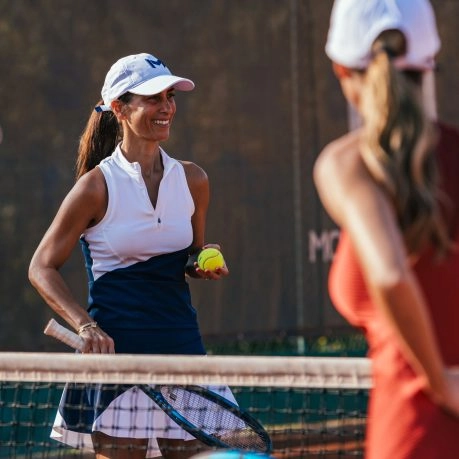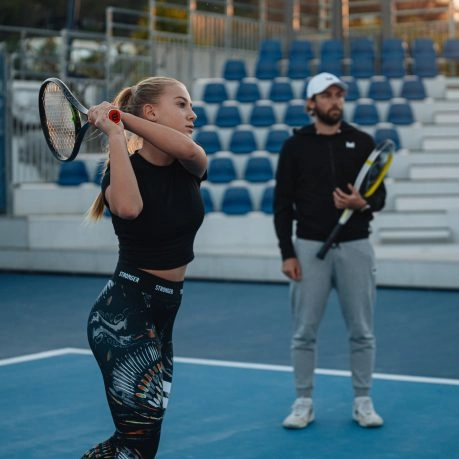From position 1
On a good first ball, but where you’re not in an extreme situation, zones 4 and 6 can be favoured. First of all, you can see from the diagram that zone 4 is the furthest from your position, so you have quite a wide margin and your ball will travel further. Also, the server will be heading in our direction on the return of his serve, so it will be more difficult for him to go back in the opposite direction.
What’s more, the shot will escape his body through zone 4, whereas if we play zone 3 the ball will come back towards him. Zone 6 will allow us to neutralise the opponent and fix him. He won’t have an angle and it’ll be harder for him to cause us problems with the second shot. On a fast serve, we’re going to have to shorten our preparation, so it’ll be difficult to produce a lift without preparation. We’re going to use the speed of the tennis ball to counter, so our return will be relatively quick without much effect at medium height.
If the opponent’s serve is excellent and we have no other option, we’ll drop the left hand for right-handers to gain distance and hit the target. If possible, try to find zone 2, to make your opponent play a difficult low shot (like Roger Federer, who masters this shot perfectly and uses it deliberately). Otherwise, try to play high and long again, as best you can.




















